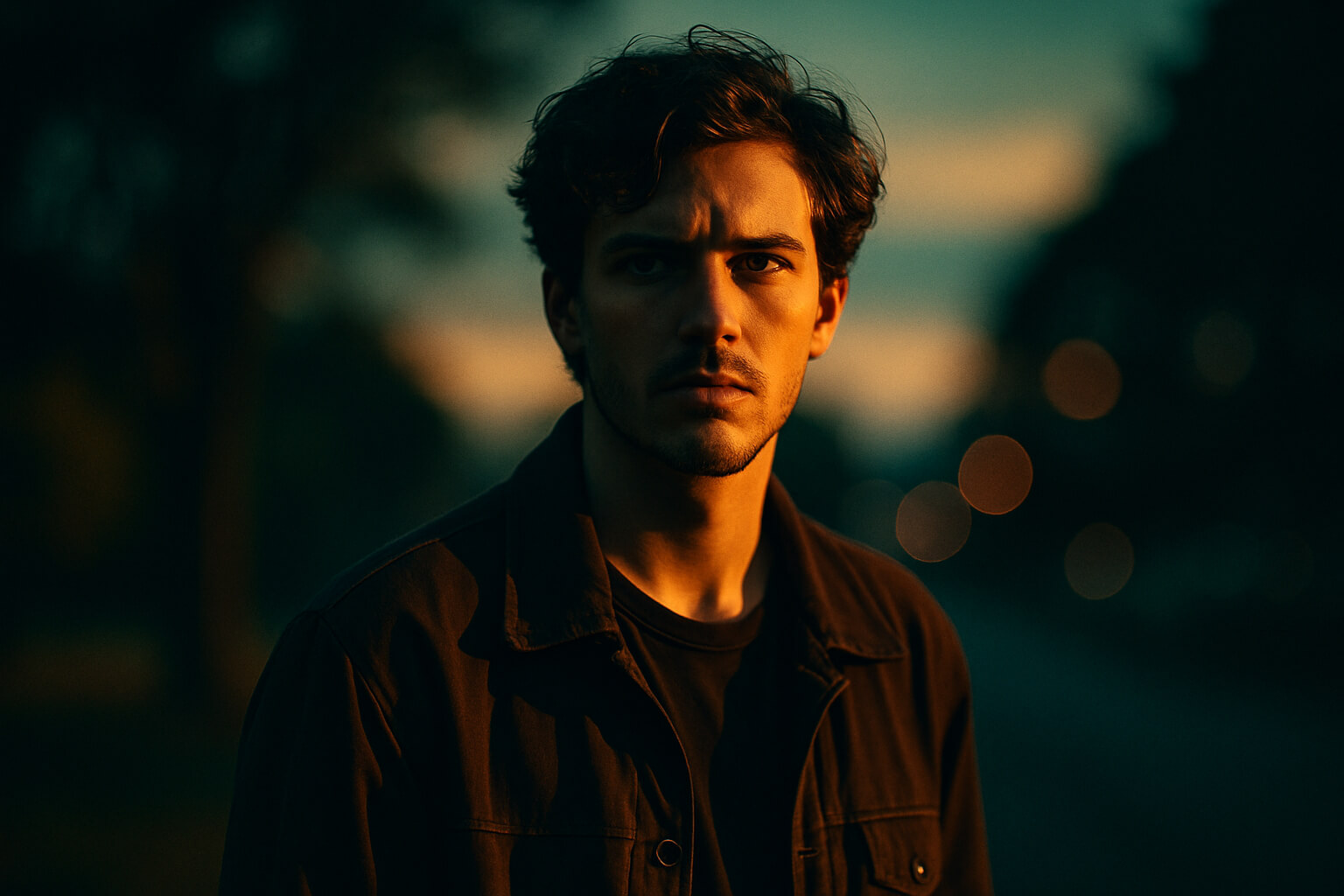Cinematic photography transforms everyday scenes into visually compelling narratives, emulating the mood, lighting, and storytelling found in films. By mastering composition, lighting, color grading, and atmosphere, you can create images that resonate with cinematic flair. Below are detailed ideas and techniques to help you achieve that cinematic look.
What Is Cinematic Photography?
Cinematic photography aims to create images that evoke the storytelling and emotional depth of cinema. This style emphasizes:
- Narrative Composition: Framing shots that suggest a story or emotion.
- Dramatic Lighting: Utilizing light and shadow to create mood.
- Color Grading: Applying color tones that enhance the cinematic feel.
- Atmosphere: Incorporating elements like fog, reflections, or movement to add depth.
For a deeper understanding, refer to What Is Cinematic Photography? A Guide to Film-Like Photos.
Cinematic Photography Ideas to Try
1. Golden Hour Silhouettes
- Timing: Shoot during the first hour after sunrise or the last hour before sunset to capture soft, warm light.
- Technique: Position your subject between the camera and the light source to create a silhouette effect.
- Enhancement: Incorporate lens flares or backlighting to add drama.
For more tips, see How to Take Silhouette Landscape Photos at Sunrise.
2. Moody Portraits with Shadows
- Lighting: Use hard lighting or directional light to cast deep shadows on the subject's face.
- Style: Employ Rembrandt lighting to create a triangle of light under the subject's eye, adding depth and intrigue.
- Post-Processing: Apply desaturated or warm tones to enhance the moody atmosphere.
Learn more about Rembrandt lighting at Rembrandt lighting.
3. Neon Cityscapes
- Setting: Capture vibrant neon signs and reflections in urban environments, especially at night.
- Lens Choice: Use wide apertures (f/1.8 or f/2.8) to achieve a shallow depth of field and dreamy bokeh.
- Mood: Enhance the futuristic or retro aesthetic through color grading.
For additional insights, refer to How to Photograph Neon Colors.
4. Foggy and Misty Scenes
- Atmosphere: Shoot in foggy or misty conditions to add mystery and depth to your images.
- Composition: Use wide-angle lenses to capture expansive scenes with layered elements.
- Lighting: Soft, diffused light works best to illuminate the fog and create an ethereal effect.
Explore more at How to Photograph Foggy Landscapes for an Ethereal Look.
5. Cyberpunk Aesthetic
- Color Palette: Incorporate vibrant purples, blues, and pinks to emulate a cyberpunk style.
- Elements: Include futuristic elements like LED lights, reflective surfaces, and urban landscapes.
- Editing: Enhance the look with bold color grading to create a hyper-modern vibe.
For techniques, see How to Shoot Cyberpunk-Style Photography.
6. Light Painting and Motion Blur
- Technique: Use slow shutter speeds to capture light trails and moving subjects.
- Creativity: Introduce motion blur intentionally to convey movement and energy.
- Tools: Experiment with car lights, handheld LEDs, or sparklers to create dynamic effects.
Learn more at How to Do Light Painting Photography.
7. Cinematic Storytelling with Leading Lines
- Composition: Utilize roads, railways, architecture, or shadows to draw the viewer's eye into the frame.
- Depth: Leading lines create a sense of direction and depth, enhancing the narrative quality of the image.
Understand more at What Are Leading Lines in Photography?.
8. Soft-Focus Dreamy Shots
- Lens Choice: Use vintage lenses or filters to achieve a dreamy, soft-focus effect.
- Aperture: Shoot wide open (f/1.4 – f/2.8) to create a shallow depth of field and blurred backgrounds.
- Mood: This technique is ideal for romantic or ethereal portraits.
Discover how to create this effect at How to Create a Dreamy Soft-Focus Effect in Photos.
Post-Processing for Cinematic Look
- Color Grading: Apply teal and orange tones to enhance skin tones and create contrast.
- Contrast Adjustment: Fine-tune shadows, midtones, and highlights to add depth.
- Presets: Use film-like presets to achieve a timeless, cinematic aesthetic.
For more editing tips, see How to Make Photos Look Ethereal and Best Photo Editing Apps in 2025.
Essential Gear for Cinematic Photography
- Camera: Full-frame or APS-C sensor cameras for better low-light performance.
- Lenses: Fast prime lenses (35mm, 50mm, 85mm) with wide apertures for shallow depth of field.
- Lighting: Portable lighting gear, such as LED panels or speedlights, for controlled lighting.
- Filters: ND filters to control exposure in bright conditions.
- Stabilization: Tripods for stability during long exposures.
For equipment recommendations, refer to The Best Professional Portrait Photography Equipment.
Build Your Cinematic Photography Portfolio
By implementing these techniques and continually experimenting with different styles and settings, you can develop a distinctive cinematic photography style that tells compelling visual stories.
